LA’s only UNESCO World Heritage Site had been closed since the start of the covid pandemic
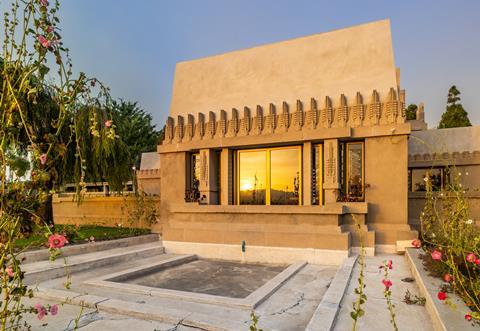
Frank Lloyd Wright’s Hollyhock House has opened its doors to visitors for the first time since the start of the pandemic following a two-year restoration.
The Los Angeles Department of Cultural Affairs (DCA) has hosted a ribbon-cutting ceremony to officially reopen the landmark property, which is the only UNESCO World Heritage Site in Los Angeles.
Built in 1921 for oil heiress Aline Barnsdall, it is considered to be among the most important of Lloyd Wright’s works and a prime example of the Mayan revival style which became popular in the 1920s and 1930s.
The house was added to the UNESCO list in 2019 along with seven other buildings designed by the architect.
These included Fallingwater, a 1935 riverside home in Pennsylvania which was named by the American Institute of Architects as the best all-time work of American architecture.
Hollyhock House was closed throughout the pandemic, during which time DCA staff carried out “transformative” restoration work on the building’s cast stone, ornate windows, woodwork and landscapes.
Structural restoration work was also undertaken on Residence A, a smaller building on the grounds which was in a state of disrepair.
The DCA said new digital resources will now be offered to visitors, including QR codes which can be scanned to provide more details on the house and its restoration.
“A harbinger of California modernism, Hollyhock House continues to inspire artists, architects, and the public at large,” Hollyhock House curator Abbey Chamberlain Brach said.
“We’re eager to welcome visitors back inside Hollyhock House to experience firsthand Wright’s dramatic expression of California, which feels as modern now as it did upon its completion 100 years ago.”
The house was Lloyd Wright’s first commission in Los Angeles, and was originally intended to be the centrepiece of a 36-acre arts complex which was only partially completed.
Later Mayan revival works in the city include Ennis House, Storer House, Millard House and John Sowden House, the last of which was once owned by a prime suspect in the notorious 1947 Black Dahlia murder case.









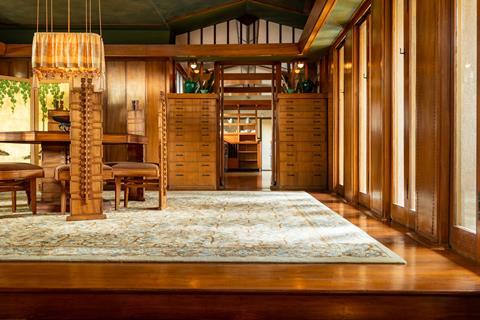
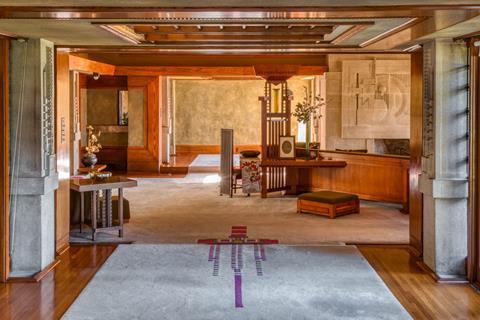
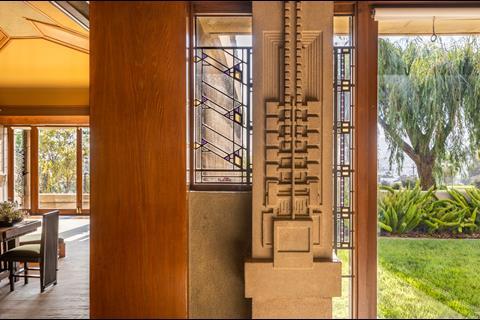

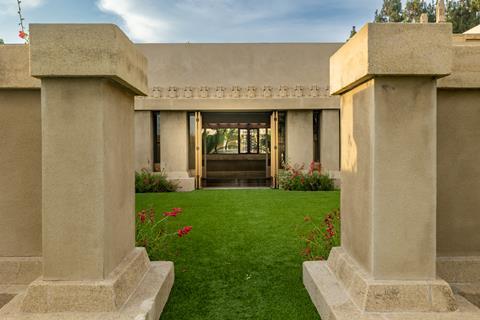
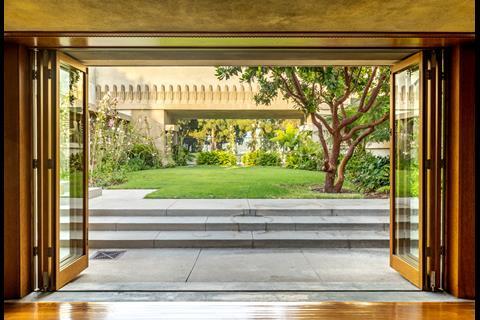
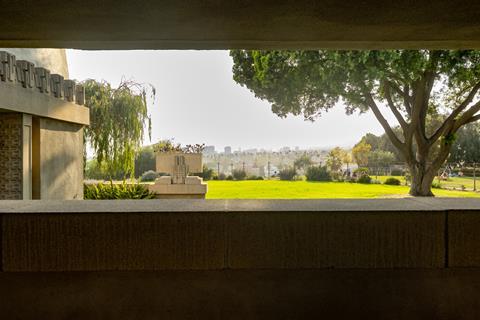

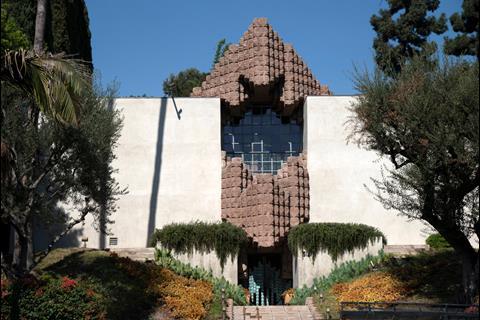
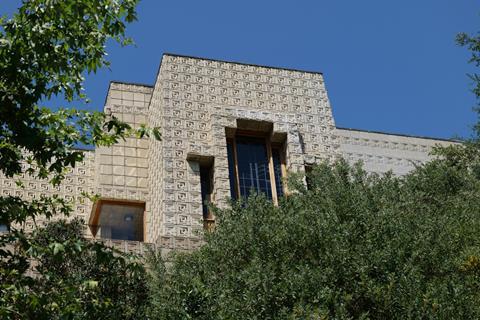
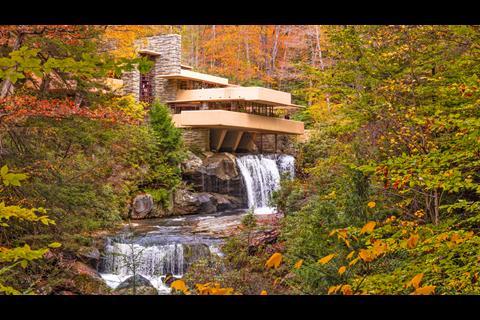







2 Readers' comments